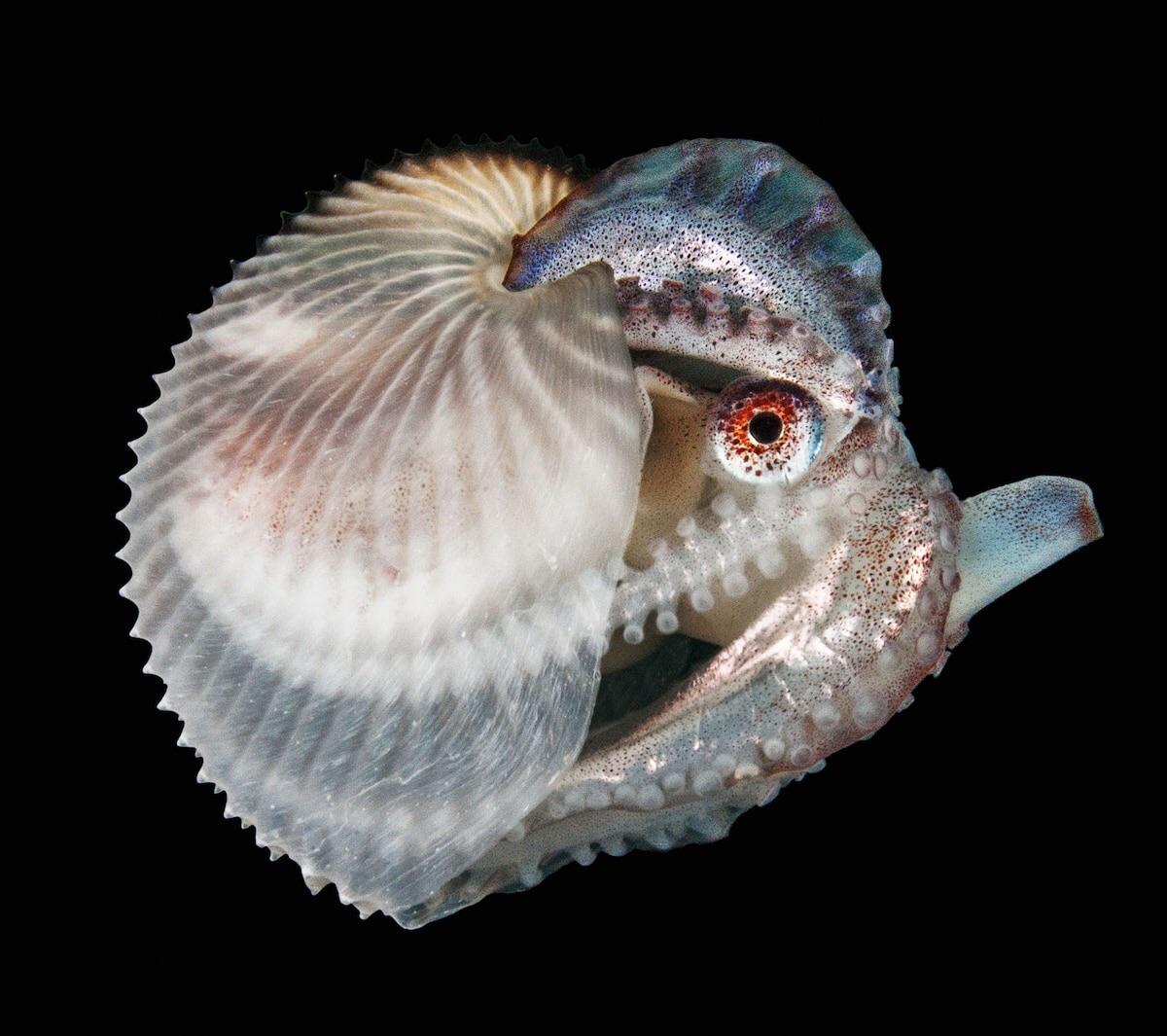The Enigma of the Yellow Penguin: A Rare Marvel of Nature
When you think of penguins, the image that likely comes to mind is a tuxedo-clad bird waddling across icy landscapes. Black-and-white plumage is almost synonymous with penguins, but nature occasionally surprises us with anomalies that defy expectations. One such anomaly is the elusive yellow penguin — a breathtaking rarity that has captured the fascination of scientists and wildlife enthusiasts alike.
What is a Yellow Penguin?
The yellow penguin, sometimes referred to as the “blonde penguin,” is not a distinct species but a genetic mutation known as leucism. Unlike albinism, which is characterized by a complete lack of pigment, leucism results in reduced pigmentation while still preserving eye color. In the case of yellow penguins, this mutation gives them bright, golden-yellow feathers in place of the typical black.
Discovery and Sightings
Yellow penguins are extremely rare, with only a handful of documented sightings in the wild. One of the most notable sightings occurred in 2019 on the remote island of South Georgia, when wildlife photographer Yves Adams stumbled upon a yellow king penguin among thousands of traditionally colored peers. This was one of the first high-quality photographic records of such a bird, sparking global interest and admiration.
Why Does Leucism Occur?
Leucism is caused by a genetic mutation that affects melanin production. While the exact triggers for this mutation remain a subject of research, it is understood to be random and not linked to environmental factors or adaptive traits. Unfortunately, the striking yellow coloration might make these penguins more visible to predators, potentially reducing their chances of survival in the wild.
The Science Behind the Yellow Hue
The yellow pigment in penguins’ feathers is distinct from melanin. Studies suggest it may play a role in sexual selection, as brighter plumage could signal health and vitality to potential mates. However, in leucistic penguins, the typical black-and-white contrast is replaced with yellow and white, creating a visually striking, but perhaps less camouflaged, appearance.
Conservation and Ethical Concerns
While the sight of a yellow penguin is mesmerizing, it also raises concerns about conservation and ethical wildlife observation. Due to their rarity, these penguins could attract undue human attention, potentially disturbing their natural behavior. Conservationists emphasize the importance of respecting their habitats and ensuring minimal interference.
Cultural Impact
The yellow penguin has sparked widespread curiosity and creativity. Artists, filmmakers, and writers have drawn inspiration from this unique creature, weaving it into works of art and storytelling. Social media platforms have also amplified its fame, with images and videos of yellow penguins going viral almost instantly.
Final Thoughts
The yellow penguin is a reminder of nature’s boundless creativity and the beauty of genetic diversity. While it remains a rare spectacle, its existence challenges us to look beyond the ordinary and appreciate the extraordinary wonders of the natural world. As research continues, the yellow penguin will undoubtedly remain a symbol of rarity, resilience, and the endless surprises of evolution.
Share this content:










3 comments